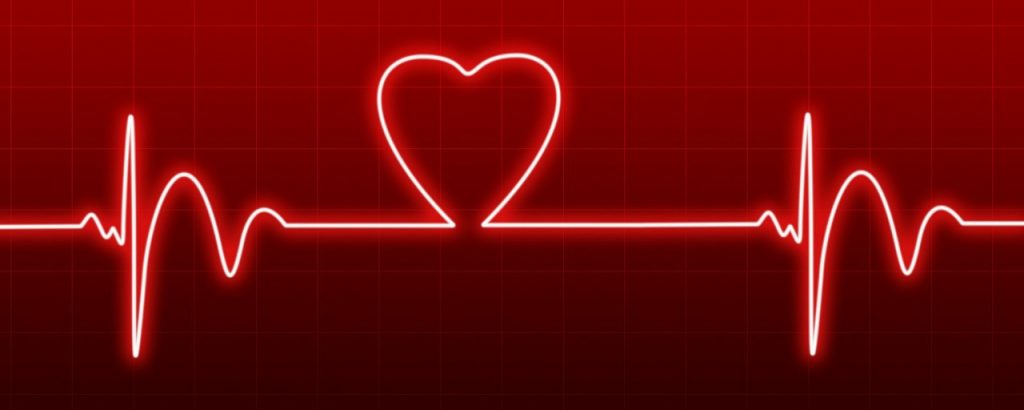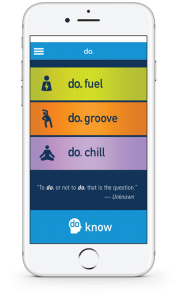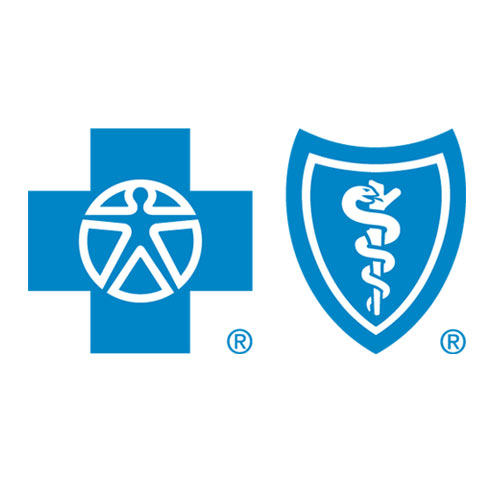The ABCs of managing heart disease and diabetes
February 26, 2018When it comes to risk factors for heart disease, diabetes is at the top of the list. Adults with diabetes are two to four times more likely to suffer from life-threatening heart disease than adults without diabetes.
In recognition of American Heart Month, we spoke with Dr. Cynthia Toher, a cardiologist and Blue Cross and Blue Shield of Minnesota medical director, about the link between the two conditions and why it is so important to keep diabetes under control.
Diabetes and heart disease
Diabetes results when either the pancreas doesn’t produce enough insulin (Type I diabetes), or the body becomes resistant to its effects (Type II diabetes). As a result, glucose (sugar) levels in the blood increase. Left untreated, high glucose levels can lead to heart attacks, strokes, elevated cholesterol and kidney disease.
“One of the things people should understand is that diabetes affects your entire body. It can damage tissues throughout your body because glucose goes where your blood goes, and your blood goes everywhere,” explains Dr. Toher.

What does that mean for the heart?
Over time, high blood glucose levels can damage blood vessels and nerves that control the heart and blood vessels.
“People with diabetes are two to three times more likely to develop coronary artery disease, the most common form of heart disease that often leads to heart attacks," she says.
The cause? It goes back to the fact that glucose travel through your blood.
"Coronary artery disease in diabetics is common because diabetes affects the blood stream and arteries," Dr. Toher says. "The arteries can become twig-like and limit blood flow, and when you limit blood flow, the heart muscle can become damaged and in the worst case scenario those muscle cells die and the heart can no longer pump blood to the rest of the body.”
What are the warning signs?
“We have all seen television heart attacks when an actor—overwhelmed by chest pain—clutches his/her chest. This is the classic presentation of a heart attack, but subtle symptoms are more common, especially in diabetics,” says Dr. Toher.
She said symptoms to watch out for include heartburn, indigestion, weakness, dizziness, vomiting and nausea, profuse sweating, as well as pain in the arm, jaw and upper back. Dr. Toher offers the reminder that "it is always a good idea to be in regular conversation with your doctor, and let them know if you begin to experience these symptoms."

Know your ABCs to lower risk
Managing diabetes can help lower the risk of developing heart disease. To do that, Dr. Toher recommends that you talk to your doctor about your ABCs:
A is for the A1C test.
The A1C test shows the average blood glucose level over the past three months. This is different from the daily blood glucose checks. The higher the A1C number, the higher the blood glucose levels have been during the past three months. A1C levels are used to help guide the treatment of diabetes.
B is for blood pressure.
Blood pressure is the force of blood against the wall of the blood vessels. If blood pressure gets too high, it makes the heart work too hard increasing the risk of heart disease and stroke.
C is for cholesterol.
There are many types of cholesterol in blood, but in heart disease, they can be simplified into HDL (“good” cholesterol) and LDL (“bad” cholesterol). HDL helps remove the LDL from blood vessels. Diabetes causes HDL cholesterol levels to fall, and LDL cholesterol levels to go up, and these changes increase the risk of developing coronary artery disease.
S is for smoking cessation.
Giving up smoking is especially important for people with diabetes. Both smoking and diabetes narrow and inflame the blood vessels of the heart, increasing the risk of a heart attack.
People who don’t have diabetes, should ask their health care provider: Is my blood pressure adequately controlled? Is my cholesterol adequately controlled? How can I minimize my risk for diabetes?
Get up and move for your health
 One final tip from Dr. Toher: move!
One final tip from Dr. Toher: move!
For tips and simple exercises to move more, try the Blue Cross do. app. You can download it on an Apple or Android device and learn more about it on our website.



